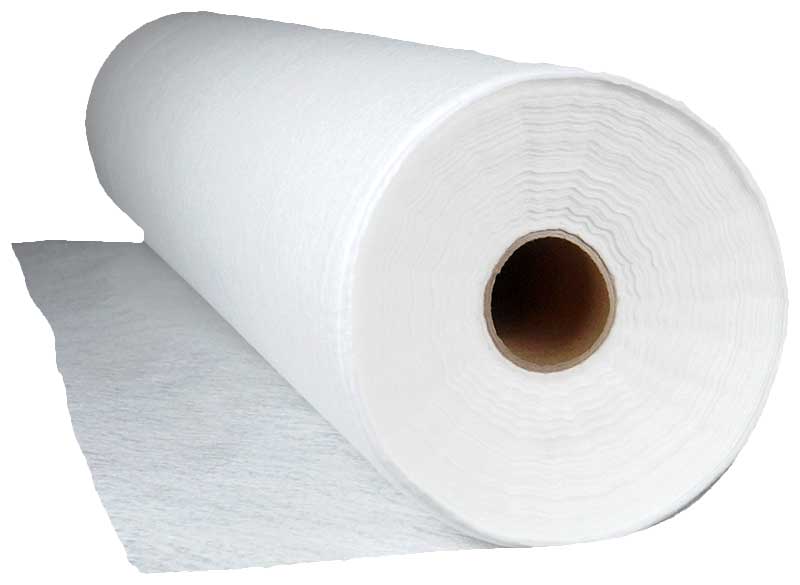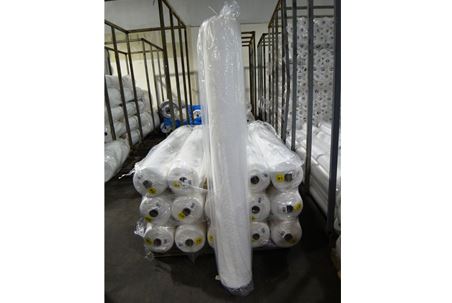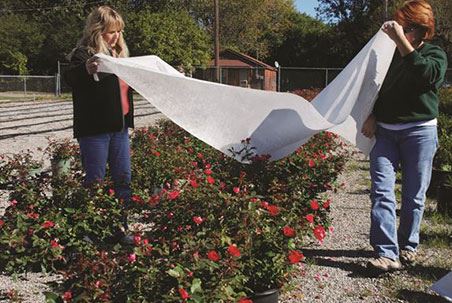Frost Protection For Plants
FREE SHIPPING
The frost protection for plants is an essential product for shielding your plants from frost damage during cold weather. This 2.5-ounce spunbound fabric includes UV inhibitors that allow air and water to penetrate while keeping the frost at bay. Sewn seams ensure a higher quality and more durable product. The cover helps maintain a warmer temperature underneath, which extends the harvest and flowering periods. Available in different sizes, it offers effective frost protection for a wide range of plants.











